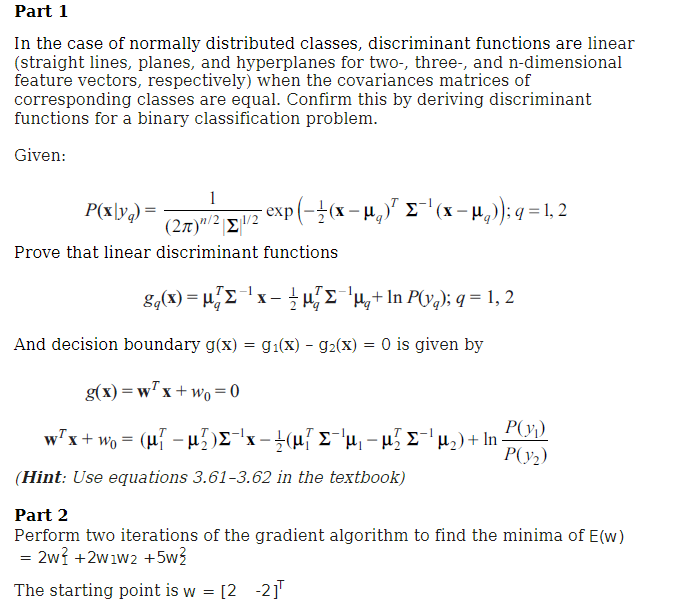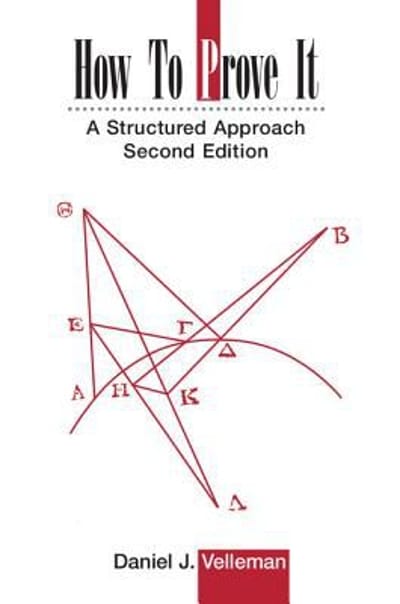Answered step by step
Verified Expert Solution
Question
1 Approved Answer
Part 1 In the case of normally distributed classes, discriminant functions are linear (straight lines, planes, and hyperplanes for two-, three-, and n-dimensional feature vectors,

Step by Step Solution
There are 3 Steps involved in it
Step: 1

Get Instant Access to Expert-Tailored Solutions
See step-by-step solutions with expert insights and AI powered tools for academic success
Step: 2

Step: 3

Ace Your Homework with AI
Get the answers you need in no time with our AI-driven, step-by-step assistance
Get Started


